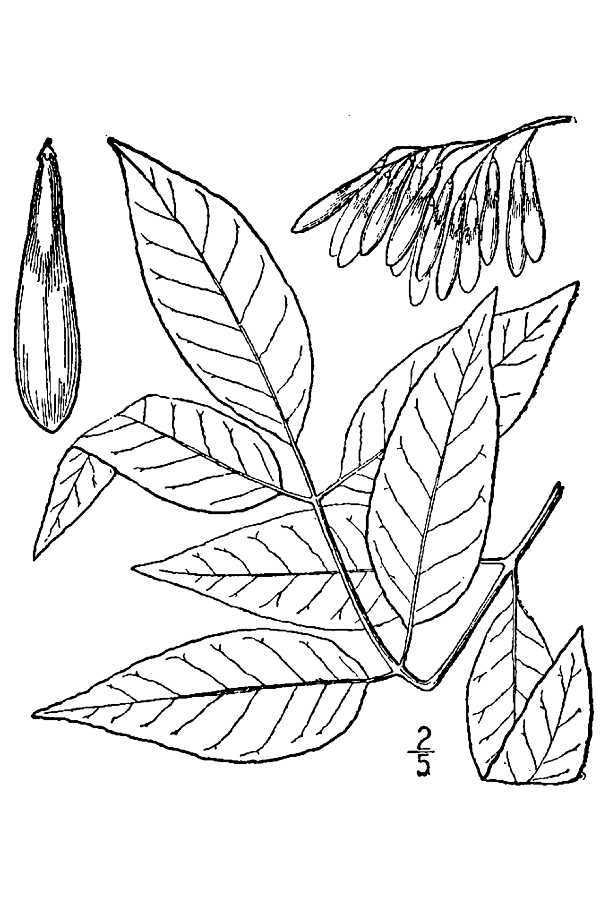White Ash : Natural History of the White Ash
The range of the white ash stretches latitudinally from Florida north to Nova Scotia, and from eastern North America as far west as the continental divide. It belongs to the family Oleaceae, making it a near relative of the olive tree. The ash is deciduous, with buds usually opening between April and May, and autumnal foliage that is oft-admired for its yellow and purple hues. The leaves themselves are pinnately compound, occurring in groups of seven leaflets that grow in an opposite pattern. The samara fruits produced can commonly be seen spiraling towards the ground, sometimes from a height of up to 70 ft. The distinctive shape of the fruit, ‘winged’ in appearance, allows wind to do much of the seed transportation. The tree provides food for animals ranging from mice to deer, shelter for squirrels and owls, and is often host to different moths and butterflies. Its common proximity to oaks, pines, and sugar maples often make the white ash a healthy aspect of a vibrant North American deciduous forest.

